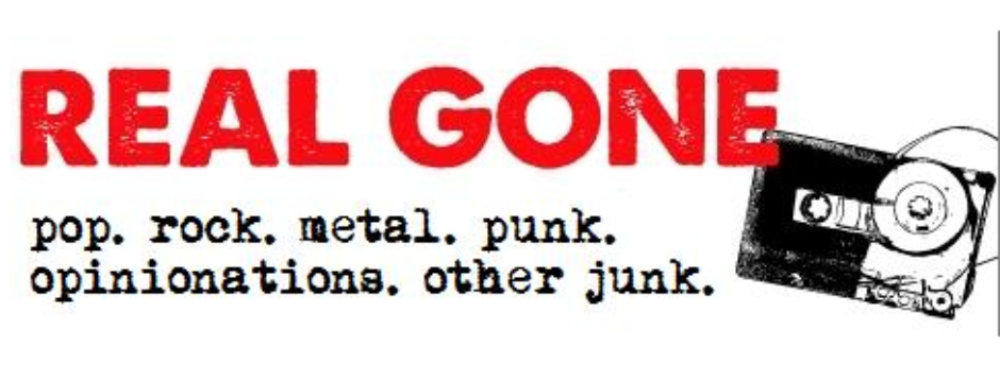In the late 1970s and early 1980s, the Westcoast AOR scene produced some brilliant bands and musicians. While Steely Dan and Toto are probably its most famous associates, there are many albums released by lesser known artists which have remained close to the hearts of AOR fans. Airplay’s self-titled disc (a collaboration between Jay Graydon and David Foster) and the sole album by Maxus (a short-lived band featuring Robbie Buchanan and legendary session guitarist Michael Landau) are among the first which spring to mind when listening to this self-titled album by Swedish band State Cows (an anagram of Westcoast, if you hadn’t noticed!).
Strange as it may seem, Daniel Andersson and Stefan Olofsson (the core of State Cows) have replicated the sound of 1980 in summertime Los Angeles almost perfectly, despite hailing from Umeå in the north of Sweden. Everything you’ve ever loved about Westcoast AOR is here; so much so that, when listening to it, it seems almost impossible that this album was released in 2010.
‘New York Town’ features a great arrangement with the bass high in the mix, wonderful stabbing piano and a tasteful horn accompaniment (thankfully provided by real brass). There are hints of so much great Westcoast smoothness here – late seventies Doobie Brothers and Airplay spring to mind. One of the band’s great heroes, Mr Jay Graydon – a guitarist almost synonymous with the Westcoast scene – even guests on guitar. If you have any doubts about how authentic this album sounds, Graydon’s seal of approval should sweep them away. The easy pop-rock of ‘Come To The Point’ features some tasteful electric piano, jazzy guitar and a vocal which would be well suited to Richard Page (of 3rd Matinee, Pages and Mr Mister fame). Again, with hints of Richard Page, thanks to a keyboard on the verses sounding rather like 3rd Matinee’s ‘Holiday For Sweet Louise’, ‘Painting a Picture’ features another and a strong vocal, combined with clean toned rhythm guitar breaks and sublime electric piano work. Although not as immediate as some of the album’s tracks, State Cows make what they do sound so effortless.
During ‘Mystery Jane’ the horn section becomes a strong feature, while some stabbing keys add a lot of weight. The humour in this tale of a bar meeting may be somewhat silly, but musically, it’s provides another great example of the band’s spot-on musicianship. ‘Riding Down This Highway’ showcases the softest side of State Cows’ music and while the lead and harmony vocals are meticulously arranged, the great moments here are provided by Daniel Andersson’s slightly jazzy guitar leads. ‘I’ve Changed’ combines smooth Westcoast vocals with solid bass work, twin lead harmony guitars and upfront keyboards. The closing keyboard solo mightn’t agree with everyone though,since it combines the squealy tone favoured by Steve Winwood in the eighties with the excesses of seventies pomp! One again, it’s bound to appeal to fans of Maxus, Airplay and early Toto. If you want a track which combines all of State Cows’ best traits most effectively, this is a fantastic example of their signature sound.
An over enthusiastic horn intro begins ‘Tunisian Nights’, the song settles into an easy groove with elements of early Toto and Donald Fagen. The horns creep back in on the chorus (this track being the only one where the brass feels perhaps a little heavy handed), but despite their attempts to be the most attention grabbing, it’s the electric piano and a well-crafted vocal on the chorus which provides the strongest elements. The guitar riff which creeps in every so often is also notable, since aside from the odd solo, the guitar doesn’t make a huge impact in the band’s often keyboard-heavy music. ‘Lost In a Mind Game’ is dominated by a jazzy shuffle and muted horns, straight out of the Steely Dan songbook. The drum part is meticulously played and the vocal harmonies are spot on. It may lack Steely Dan’s dry sneer, but all the other elements are so close. Göran Tuborn’s guitar work is fantastic and when combined with the rest of the tight musicianship on show, it makes perfect sense that some of these guys had previously performed as part of a Steely Dan covers band.
What really comes across with this album is just how much love both Stefan and Daniel have for the Westcoast classics. This sounds authentic enough to stand alongside not only the aforementioned Airplay and Maxus, but also Bill Champlin’s ‘Runaway’ and Marc Jordan’s early masterpieces. If your stereo still gets graced by any of the artists mentioned here, then State Cows should be essential listening.
September 2010





